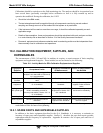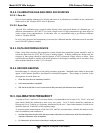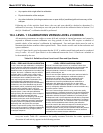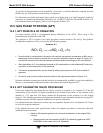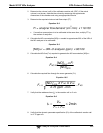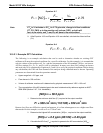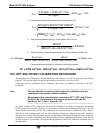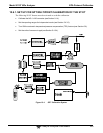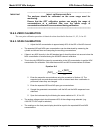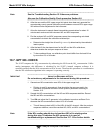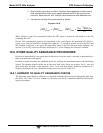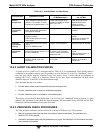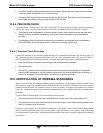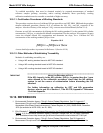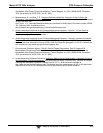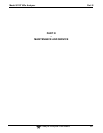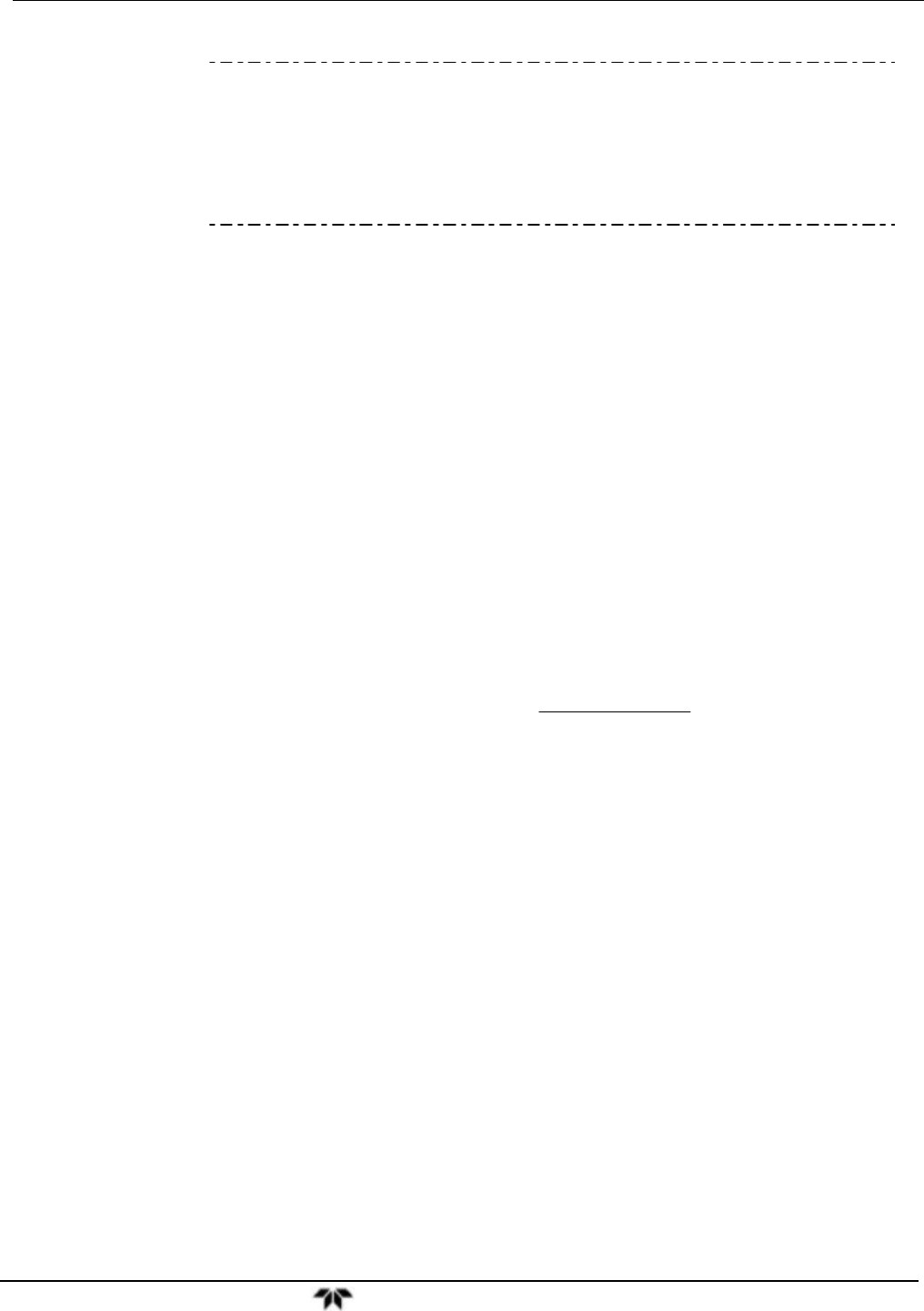
Model 9110T NOx Analyzer EPA Protocol Calibration
Teledyne Analytical Instruments 230
IMPORTANT
IMPACT ON READINGS OR DATA
The analyzer should be calibrated on the same range used for
monitoring.
Ensure that the GPT calibration system can supply the range of
concentrations at a sufficient flow over the whole range of
concentrations that will be encountered during calibration.
10.6.2. ZERO CALIBRATION
The zero point calibration procedure is identical to that described in Sections 9.1, 9.2, 9.4 or 9.5.
10.6.3. SPAN CALIBRATION
1. Adjust the NO concentration to approximately 80% of the URL of the NO channel.
The expected NO and NOX span concentrations can be determined by measuring the
cylinder and diluent flows and computing the resulting concentrations.
If there is any NO2 impurity in the NO standard gas it should be taken into account when the
NOX concentration is entered during the NO/NOX channel calibration.
This is done by ADDING the impurity concentration to the NO concentration to get the NOX
concentration for calibration. Calculate the exact NO and NOX concentrations as follows:
Equation 10-9
F
]
[NO x
F
=
]
[NO
T
STD
NO
OUT
2. Enter the respective concentrations using the procedure in Section 4.2. The
expected span concentrations need not be re-entered each time a calibration is
performed unless they are changed.
3. Enter the expected NOX and NO span gas concentrations:
4. Sample the generated concentration until the NO and the NOX responses have
stabilized.
5. Span the instrument by the following the same method as 9.1, 9.3 or 9.5.
The analog voltage output should measure 80% of the voltage range selected. (e.g.
4.00 VDC if 0-5V output is selected.)
The readings on the front panel display should be equal to the expected NO and NOX
concentrations.



